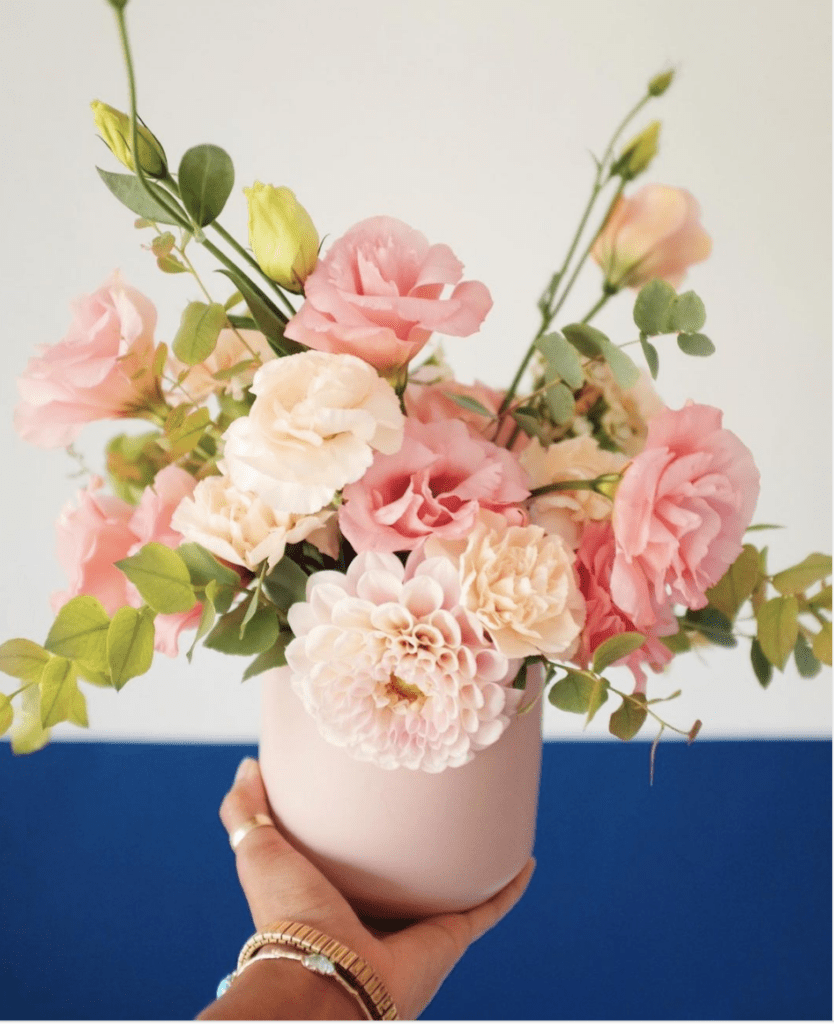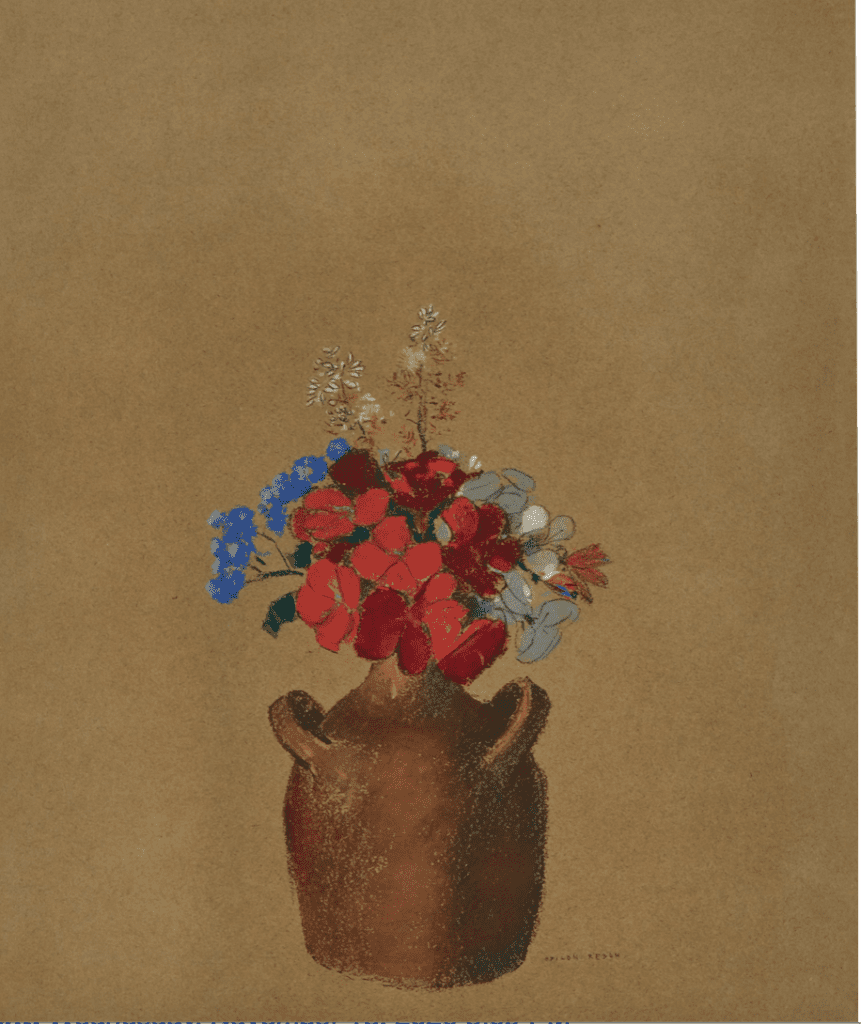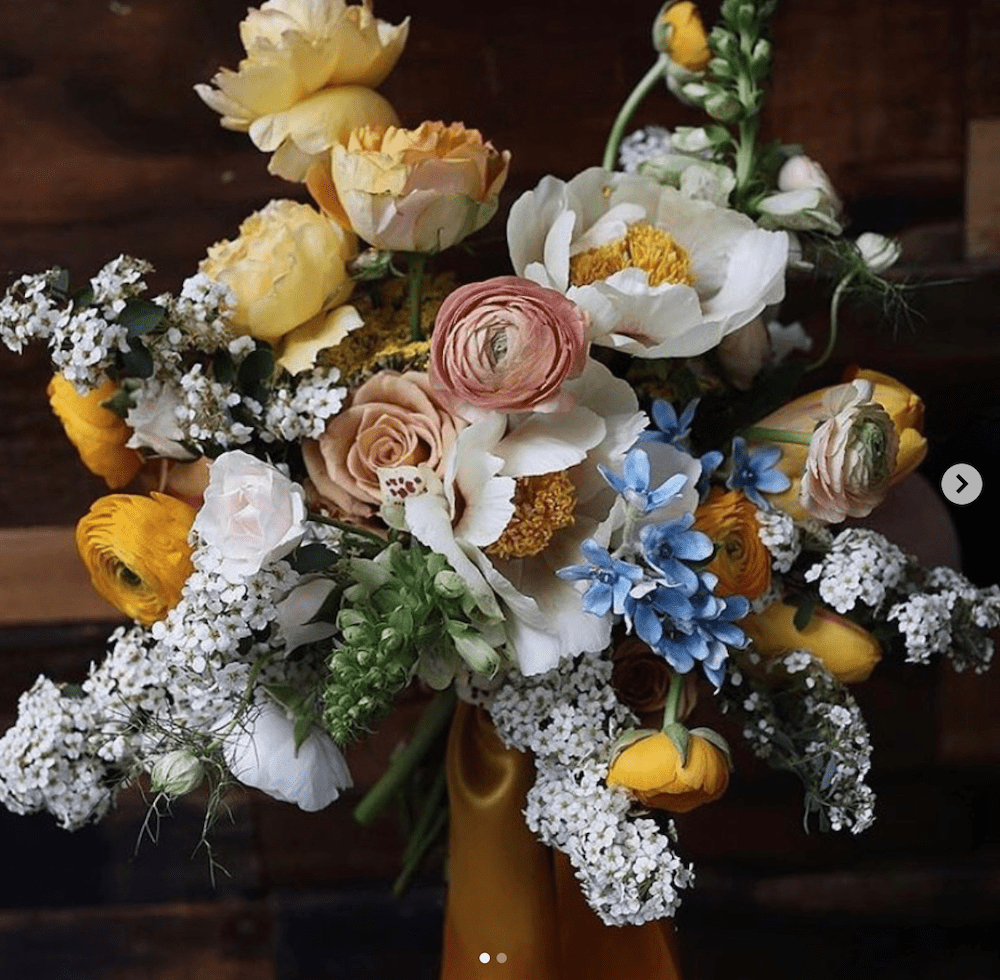Which Floral Artists Would Inspire Impressionist Masters in 2020 vs. 1860?
By Jill Brooke
Sotheby’s auction house is having yet another great sale of rare Impressionist art this week, including a Renoir of lush roses, a Gauguin contemplating anemones as well floral paintings by Odilon Rodon, Gustav Loiseau and Maurice de Vlaminck.
For centuries, artists have been drawn to flowers as fertile sources of inspiration since they not only have alluring beauty and variety but evoke a range of emotions.
These artists would look at a vase of flowers and then create.
But that is also the process of a florist who instead of paint uses branches and blooms to create an arrangement that triggers happy feelings as well as cultural clues.
Which got me wondering. If these artists were alive today, instead of the mid-1800s, which florists would they go to for inspiration for their paintings? Plus for those who can afford these magnificent paintings, perhaps these floral arrangements would look wonderful as well sitting on a table underneath.
Starting this week, we will do a weekly series of matching great painters with great floral designers.
So let’s have some fun.
FLOWER POWER DAILY’S MATCHING GAME:
Here are some of the Sotheby’s paintings paired with some of the great contemporary floral artists.
1) Lewis Miller and Paul Gauguin’s “Anemones in a Vase”



Anemones are one of Lewis Miller’s favorite flowers. These black and white versions that he mixes expertly with garnet red roses and lavender tinged tulips evoke the same feeling of Gauguin’s painting. Gauguin revealed a proclivity for the exotic, infusing the traditional still life genre with Japanese patterns and striking chromatic juxtapositions, such as the suggestion of a blue design on the vase in the present work. Miller also uses always finds a touch of the exotic in his work as well. And for Miller, anemones are both classic and exotic.
2) Bia of Bia Blooms with Pierre Auguste Renoir’s “Roses”



Tabia Yapp of Bia Blooms uses pink and yellow blooms to create a lighter feel than this Renoir painting. But the lush feeling shoots like shimmering stars from both the painting and this floral arrangement.
3) Oscar Mora with Odilon Rodon’s “Flowers in a Grey Pot”



Art is interpretive and Oscar Mora’s lush colors seemed to work well with Rodon’s stark pastel drawing. Redon’s exquisite floral still lifes are considered by many the apogee of the artist’s production, the most successful of which is his pastels. The velvety texture of this medium added a sensual dimension to the subject, evoking the feel and even the fragrance of each petal and leaf. Redon’s skill for eliciting tangible sensations set him apart from his colleagues, and his floral pastels ultimately came to define his Symbolist identity.
4) Michael and Darroch of Putnam & Putnam with Maurice de Vlaminck’s “Vase of Flowers”



5) Carrie of Flower Diva with Gustav Loiseau’s “Vase of Flowers”



I think Loiseau would be mesmerized by Carrie’s use of bright vivid colors if he lived today. This would be an evolution of the previous work using soft colors in the same color wheel.
Flowers have always been a muse to artists and also amuse the person who sees them in live arrangements or in a painting.
As Renoir said, “What seems most significant to me about our movement” he stated of Impressionism, “is that we have freed painting from the importance of the subject. I am at liberty to paint flowers and call them flowers, without their needing to tell a story.”
Yes, Renoir could be free of drawing people in a conventional way but he was wrong about one sentiment.
Flowers always tell a story. Including a human one.
Jill Brooke is a former CNN correspondent, Post columnist and editor-in-chief of Avenue and Travel Savvy magazine. She is an author and the editorial director of FPD.
